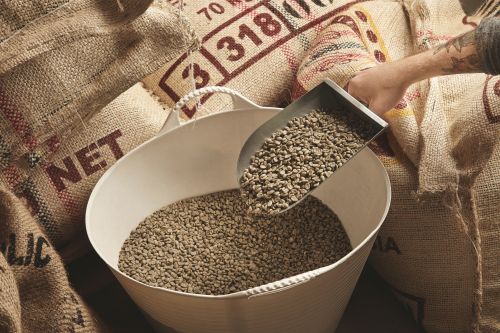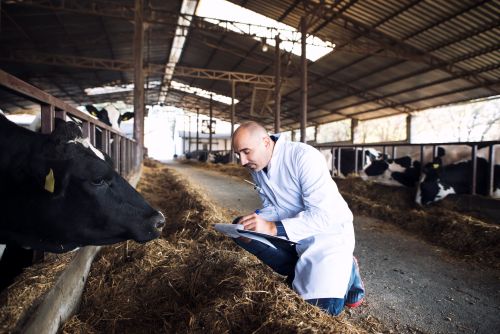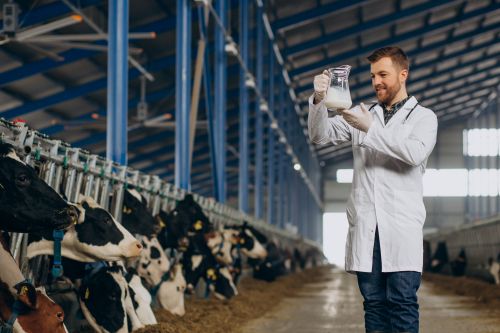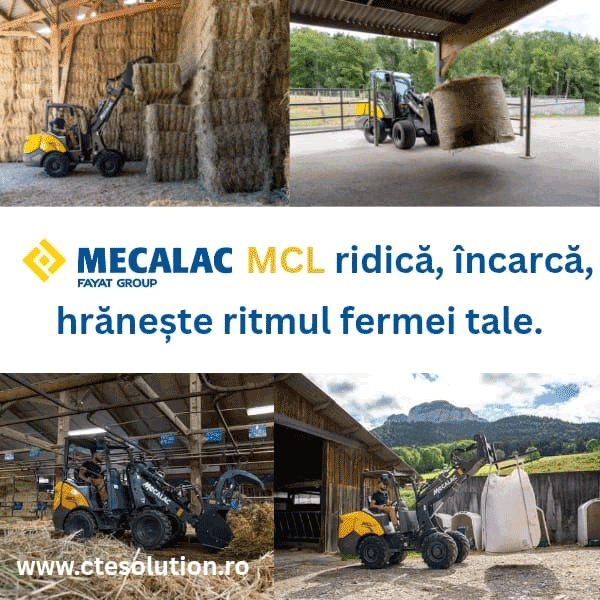455
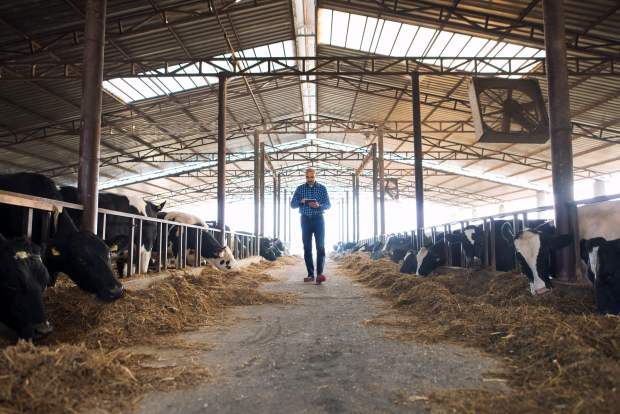
Collection centers are a key element in the functioning of the dairy chain. In Romania, only half of the total milk production, estimated at 3.2 million tons in 2024, reached processors, while the rest was consumed in households or sold informally. This situation undermines farmers’ competitiveness and bargaining power.
In Western European countries, the collection rate exceeds 90%, ensuring stability and better prices for producers. In Romania, small and medium-sized farms are the most disadvantaged, as the lack of collection infrastructure forces them to sell milk at lower prices. The average price obtained was 2.3 lei/liter, compared to 2.5–2.6 lei/liter in well-organized cooperatives.
Investments in modern collection centers could double the amount of milk processed industrially and reduce losses. The National Strategic Plan (NSP) 2023–2027 provides financial support for such projects, but fund absorption remains low. Experts estimate that by strengthening infrastructure, Romania could reach a level of competitiveness close to the European average by 2030.
The future of dairy farms depends on access to efficient collection centers and their integration into cooperatives, which would ensure collective bargaining and greater stability in the milk market.
(Photo: Freepik)
